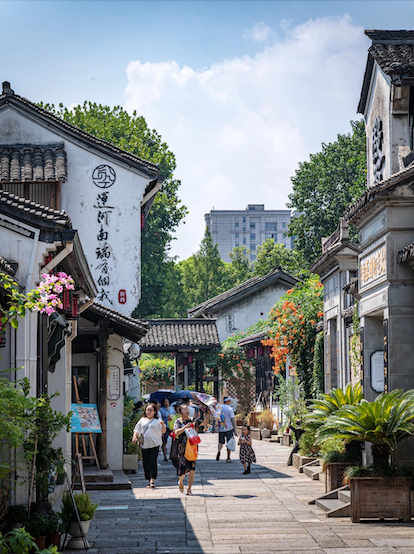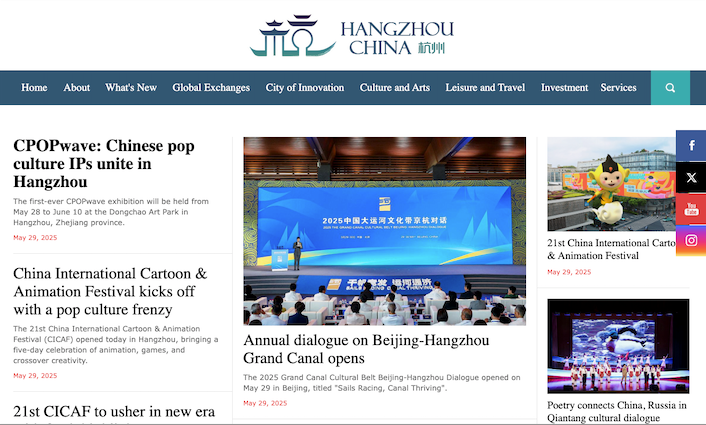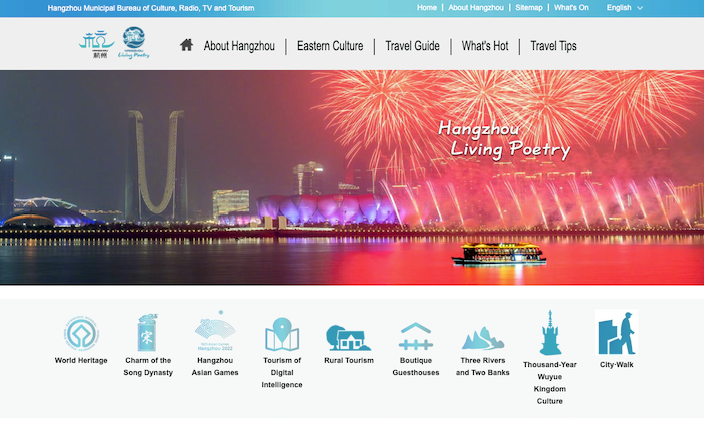1. Historical & Cultural Significance
Dating to the Southern Song Dynasty (1127–1279 AD), Qinghefang (Qīng Hé Fǎng 清河坊) was Hangzhou’s political and commercial hub when the city served as China’s capital (Lin’an). Its name derives from the Qinghe River, a key waterway for trade. The street flourished under Mongol Yuan Dynasty rule (1271–1368), attracting merchants like Marco Polo, who called Hangzhou "the finest city in the world."
Key milestones:
- Ming-Qing Dynasties (1368–1912): Became a center for silk, tea, and traditional medicine, housing elite residences and imperial workshops.
- 2000 Restoration: Hangzhou government revitalized 460 meters of the street, preserving 16 original lanes and 374 historic buildings, including Hu Xueyan’s Residence (Qing Dynasty) and Yuqian’s Memorial Hall (Ming Dynasty).
2. Key Attractions
- Hu Qingyu Pharmacy (1874): A national cultural relic showcasing traditional Chinese medicine (TCM). Visitors can watch pill-making demonstrations and explore its museum.
- Wangxingji Fan Store: Established in 1875, famous for hand-painted silk fans.
- Zhang Xiaoquan Scissors: A 1663-founded shop selling artisan-cutlery.
- Southern Song Imperial Street: Intersecting with Qinghefang, this axis of the ancient capital features blue-brick paving and replica Goulan theaters (Song-era entertainment venues).
3. Visitor Experience
- Food & Shopping: Try beggar’s chicken, Dongpo pork, or Longjing tea at Wangruixing Restaurant (est. 1864). Browse antiques, silk, and calligraphy shops.
- Activities: Night walks under lantern lights, tea ceremonies, and seasonal festivals like Qinghefang Cultural Week.
- Practical Info:
- Hours: 9:00 AM–10:00 PM (shops vary).
- Ticket: Free (some museums charge ¥20–50).
- Transport: Metro Line 7 to Wushan Square Station (5-minute walk).
4. Global Recognition
- AAAA-rated scenic area and "Chinese Folk Culture Street" by the Ministry of Culture.
- Featured in UNESCO’s "Historic Urban Landscape" studies for blending heritage with modern tourism.




